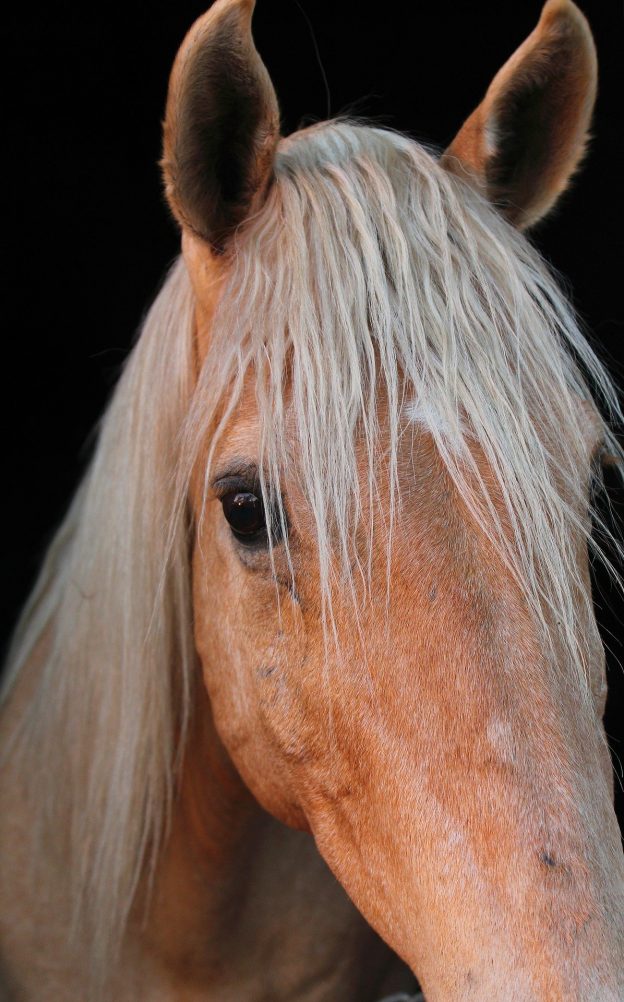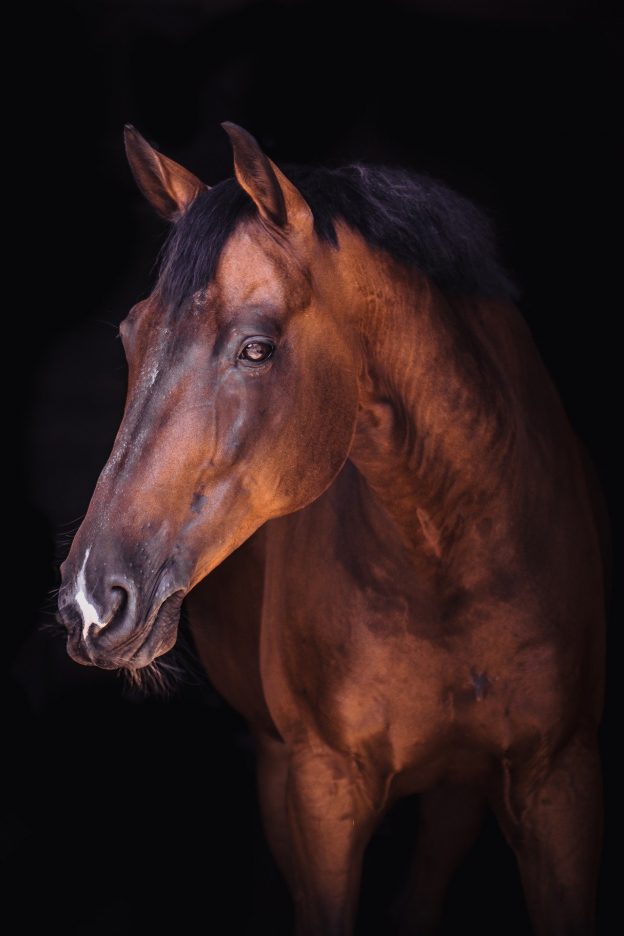
Equine fescue edema – poisoning in the horse meadow
If your horse is out in the pasture and has recurring swellings and edema,
you should definitely think about edema.
Often the swelling and edema decrease when the horse is in motion.
Equine fescue edema is caused by grass poisoning.
Other diseases that are triggered by this are:
– fescue edema
– Ergot poisoning
– ryegrass staggers
– liver damage
Symptoms can be:
– Swelling of the parotid glands, nostrils, eyes, lips
– Edema of the genital organs, neck and trunk
– Water retention on the head
– drowsiness
– Infertility of mares
– Intestinal paralysis – and obstruction
– colic
– swollen joints
– Tremble
– headshaking
– Frightfulness
– Laminitis
– Mallenders
– Sallenders
– skin and coat problems
– tarnished legs
– abnormal liver values
– frequent inflammation of the eyes
Emergence:
The poisoning is caused by endophytes.
Endophytes are fungi that enter into a community with plants.
The fungus penetrates the entire plant from the stem to the leaves and flowers.
The endophytes get stressed by drought, heat, cold, water supply or eating
through insects or grazing animals, they produce increased toxins.
These toxins are supposed to prevent the predators from continuing to eat.
It is concentrated poison and animals will eat it when nothing else is available.
If horses ingest too large quantities, serious illnesses can result,
which can also be fatal.
Endophytic seeds are sold to make the plants more resilient and the meadows more resilient
make it more profitable.
The following types of grass are particularly affected:
– German ryegrass
– Meadow fescue
– Red fescue
What to do:
– Feed zeolite / bentonite to bind and remove the mycotoxins
– Assist the liver to evacuate the toxins
– Free hay
– slow grazing
– Alternating grazing
– Take special care in summer and autumn because of stress on the endophytes
temperature fluctuations
– sow a variety of grass species
The best is to test individually the appropiate remedies to support your horse in recovery.
This could be perfectly done with bioresonance according to the BNR method, kinesiology or tensor.








